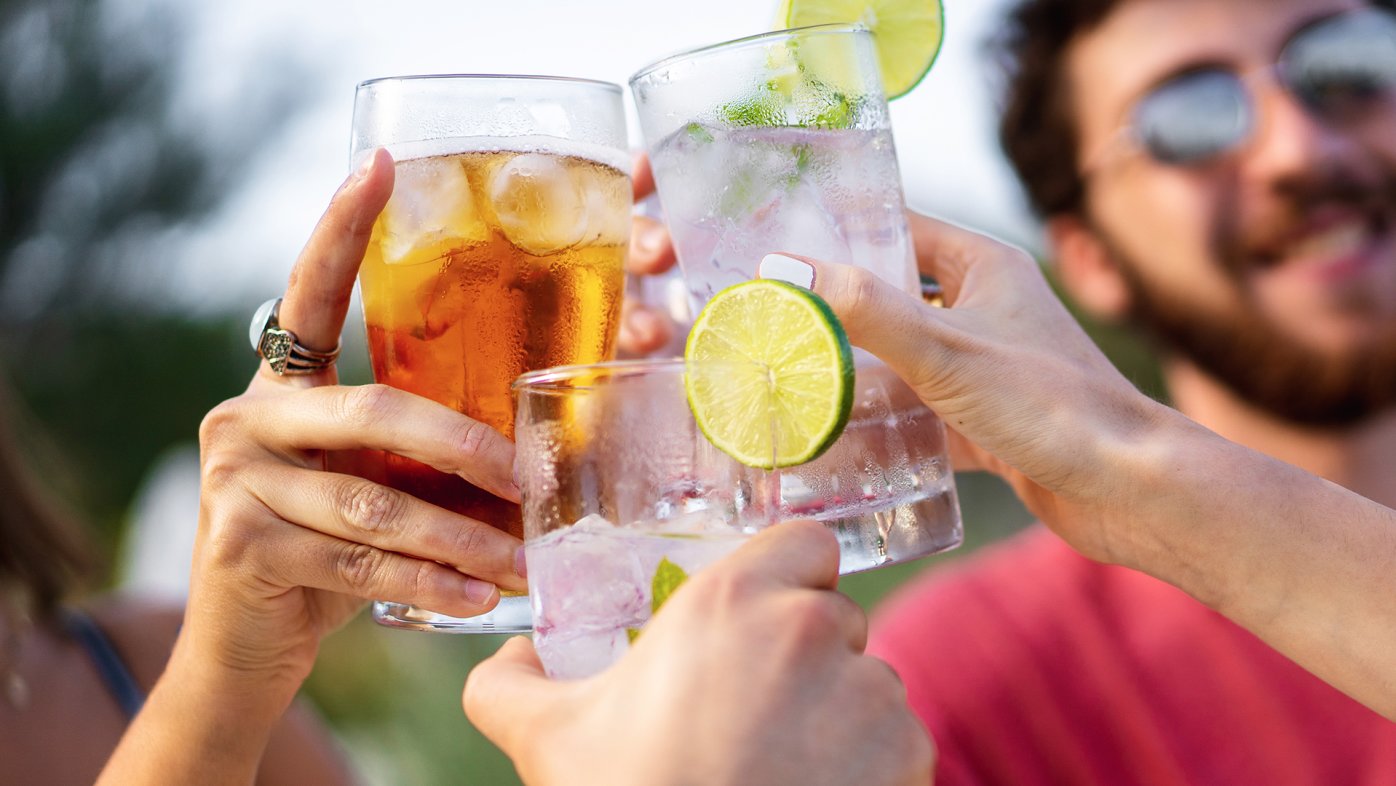
6 ways stopping drinking affects the body
From clearer skin to better sleep, skipping alcohol can improve your health in a multitude of ways.
As the school year closes, summer break ushers in exciting new opportunities for kids to enjoy the great outdoors. From day camps to backyard hangs, learning gets a brand-new backdrop of sunshine, swimming and fresh air.
But summer break also brings new concerns for parents. Environmental shifts make summer days hotter and more dangerous, and an increase in toxins affects everything from the food we eat to the air we breathe.
“Rising temperatures, extreme weather and an increase in carbon dioxide levels are affecting our weather patterns, more commonly known as climate change,” says Dr. Cherie Chu, a board-certified pediatrician with Sharp Rees-Stealy Medical Group and a member of the Sharp Rees-Stealy Climate and Planetary Health Committee.
“Children are the most vulnerable because their bodies are still developing, so they have a higher exposure to air, food and water per unit of body weight. They have a lesser capacity to respond to exposures of environmental toxins than adults do.”
Climate change and kids’ health
According to UNICEF, 1 billion children worldwide are at “extremely high risk” of the impacts of the climate crisis. And according to the World Health Organization (WHO), children under age 5 are predicted to bear the greatest health burden.
Compared to children in many developing countries, kids in the U.S. are less threatened by risk factors, such as infectious disease and physical harm from extreme weather. However, they are still significantly more vulnerable to ever-increasing environmental health hazards, such as air pollution and sun damage, due to their age.
These hazards can result in:
Asthma
Time spent outside increases the risk of breathing in pollutants, which increases the risk for developing or worsening asthma.
Allergies
Higher temperatures from climate change are linked to increased airborne allergens, which can worsen allergies.
Heat-related illness
Children are at higher risk for heat exhaustion because they are more likely to become dehydrated, as their bodies can lose more fluid quickly. In fact, the leading cause of death in youth sports is exertional heatstroke, which can result from intense physical activity in hot, humid weather.
Sun damage
Too much unprotected exposure to the sun’s ultraviolet (UV) rays can cause skin damage, eye damage, immune system suppression and skin cancer.
Anxiety
From floods to wildfires, traumatic climate-related events can take an emotional toll that lingers after the event itself.
How to protect kids from environmental dangers
As parents encourage their children to spend more time outside, they also can help keep kids safe by educating them about what climate change is. Knowing the effects, and how they are not always visible, can help kids make better choices.
Here are six tips to help keep kids safe outdoors:
Check the daily air quality. Visit airnow.gov to check the air in your ZIP code and avoid outdoor activities on days with poor air quality.
Assess activities. Avoid outdoor sports on days with extreme heat warnings.
Focus on downtime. Provide plenty of breaks and shade when outside, particularly on warm days.
Apply and reapply sunscreen. Make sure your child wears sunscreen with SPF 30 or higher and reapplies regularly — especially after swimming.
Think about clothing choice. Invest in UV-protective clothing if possible, and don’t forget hats in addition to sunscreen.
Prioritize hydration. Kids need constant reminders to drink water, even if they aren’t thirsty. Give them a goal of how much they should drink in a day.
Have a plan for allergies and asthma. If your child has allergies or asthma, talk to their doctor about the summer season — and be prepared to sit them out if their condition worsens.
While sunscreen and extra water can help keep kids healthy during the summer months, protecting everyone from the effects of climate change requires looking at the bigger picture. Reducing energy consumption and waste, as well as eating sustainable, plant-forward, whole-food diets are a good start. But most importantly, we need to teach children to be advocates for the environment because they are the future — and they can be empowered to make change.
Our weekly email brings you the latest health tips, recipes and stories.